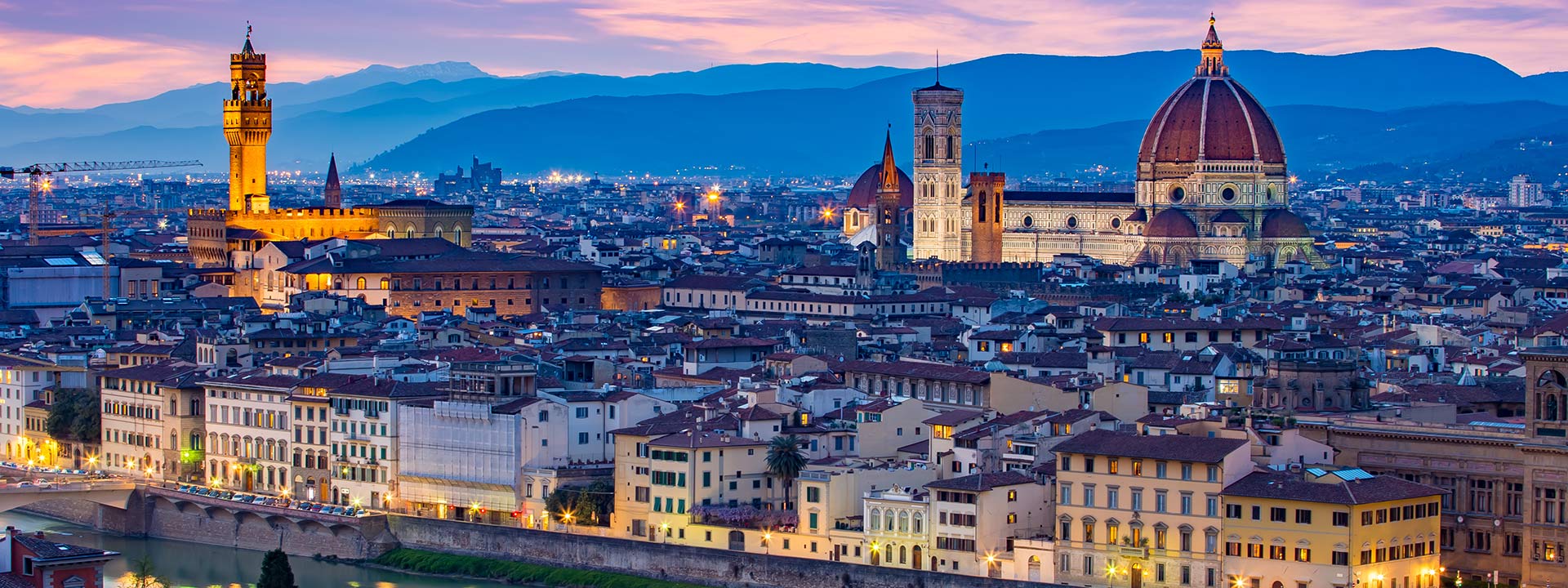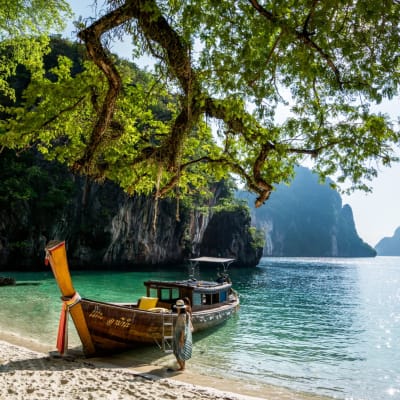Florence things to do
This romantic Italian city is of Europe's cultural jewels, and with its treasure trove of world-famous art and astounding architectural delights, luxury holidays in Florence have an unrivalled aesthetic appeal. Delve below the surface of this city, and you'll discover a gourmet local cuisine, boutique fashion houses, magnificent villas, and an enviable lifestyle that fuses age-old tradition with contemporary culture.
Galleria degli Uffizi
Occupying the U-shaped Palazzo degli Uffizi, Florence's finest gallery plays host to the world's greatest collection of Italian Renaissance art, which was bequeathed to the city by the Medici family in 1743. Highlights include Paolo Uccello's Battle of San Romano, the Madonna and Child with Two Angels by Fra Filippo Lippi, and Botticelli's the Birth of Venus and Primavera.
Basilica di Santa Croce
Just like the Duomo, Basilica di Santa Croce features a magnificent neo-Gothic facade embellished with marble. While the interior is an austere affair, the tombs of Michelangelo, Galileo and Ghiberti are what attract most visitors. Even so, frescoes by Giotto in the chapels right of the altar are arguably more impressive than the skeletons of Renaissance celebrities.
Ponte Vecchio
Since 1563, the Vecchio Bridge has been home to Florence's gold and silversmiths - their trades often passed down from generation to generation. High above the shops is the Corridoio Vasariano, a 16th-century passageway between the Uffizi and Palazzo Pitti that runs around the medieval Torre dei Mannelli.
Mercato Centrale
Relatively new by local standards, the 1874 iron-and-glass structure of Mercato Centrale is still thoroughly impressive. Inside, there's a contemporary food hall with artisan stalls selling everything from steaks and burgers to gelato and pastries. With so many options on offer, you'll struggle to make the right choice. Thankfully, it's all of the finest quality.
Duomo
In 1296, Arnolfo di Cambio was commissioned to build "the loftiest, most sumptuous edifice human invention could devise." The resulting Duomo, which took almost 150 years to construct, is Florence's most iconic landmark. Dominating the Renaissance cityscape, its neo-Gothic marble facade is matched within by incredible frescoes by Vasari and Zuccari and up to 44 stained-glass windows.










